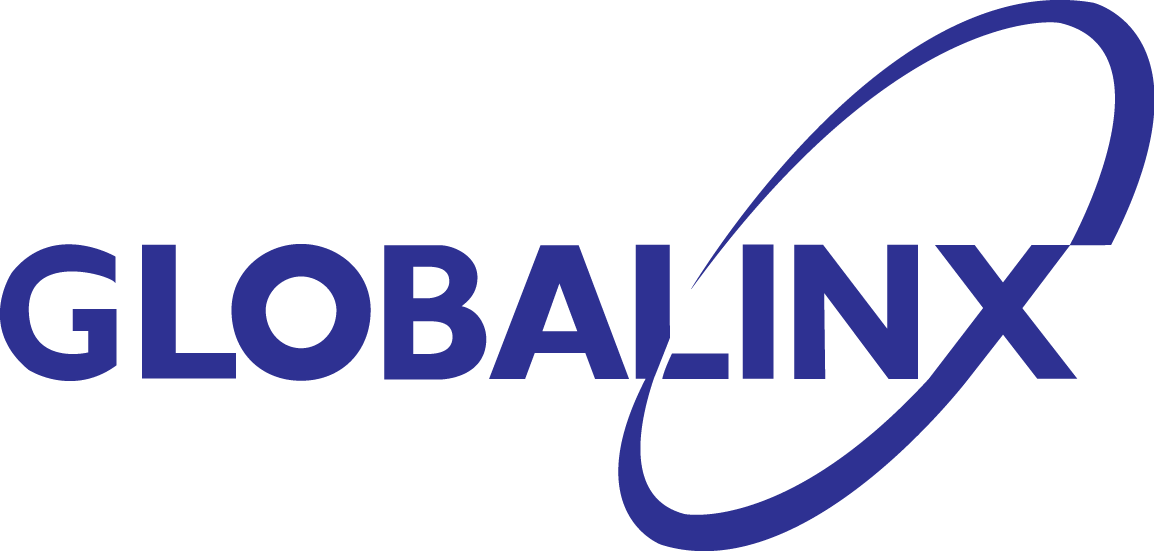Setting up an internal mentoring program requires good planning for it to be successful and produce the desired results. There are complex logistical issues as well as confidentiality requirements and the need for continuous performance management to ensure that the program is on track.
Occasionally a mentoring relationship will need to be terminated if, for example; there is a poor fit between the mentor and the mentoring client. As a result, all of the main players in such a program will need to know what is expected of them as well as the ideal overall life-cycle, the framework for each individual mentoring engagement, and the best mentoring style and skills to achieve the desired results.
Roles
A mentoring program has multiple roles with unique skillsets and duties that are critical to success:
- Mentoring Program Director: This person is responsible for recruiting mentors, and mentoring clients and then matching them up based on the clients’ developmental objectives. They must also monitor the program to ensure that the rules of confidentiality are being observed and that the objectives are being achieved. Occasionally they will need to intervene if any of the parties is unhappy.
- Mentor: The party who will meet with the mentoring client and provide learning opportunities and guidance based on their personal and professional experience.
- Mentoring Client: The party who’s learning and developmental objectives are the basis for the relationship. These objectives can be either personal or professional and may have a direct impact on their work or a more indirect impact.
- The Client’s Line Manager: The manager whose business objectives must be achieved through the mentoring client and other direct reports. This person can have a strong positive or negative impact on the success of the mentoring process.
Figure 1: Mentoring Roles
Benefit
An organization that knows how to do mentoring well can respond faster to business challenges and continuously improve, strengthen and retain its most important resource: its human capital.
Figure 2: The Mentoring Life-Cycle
Mark Beresford


